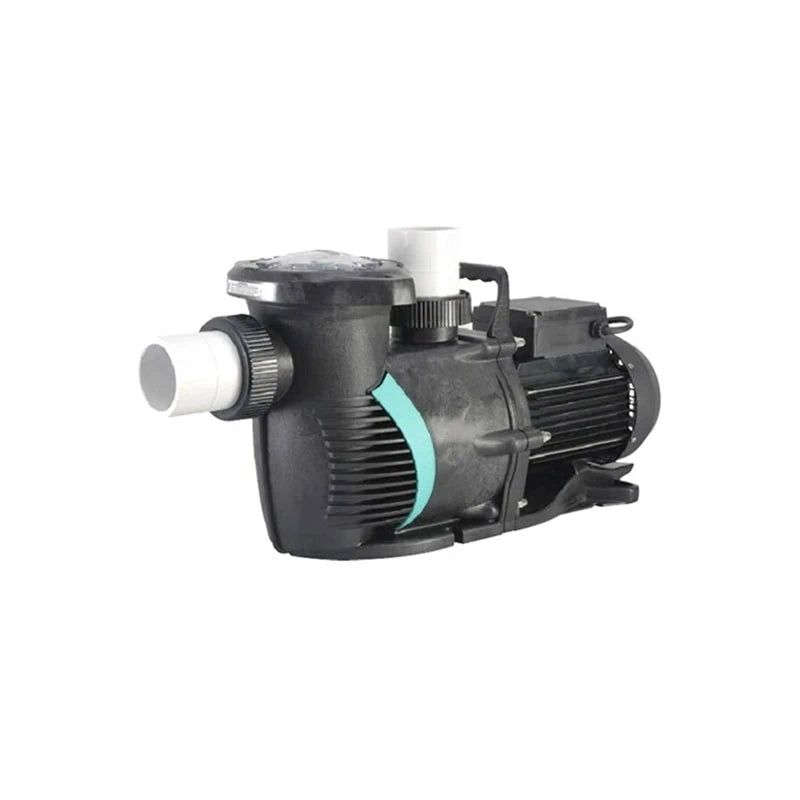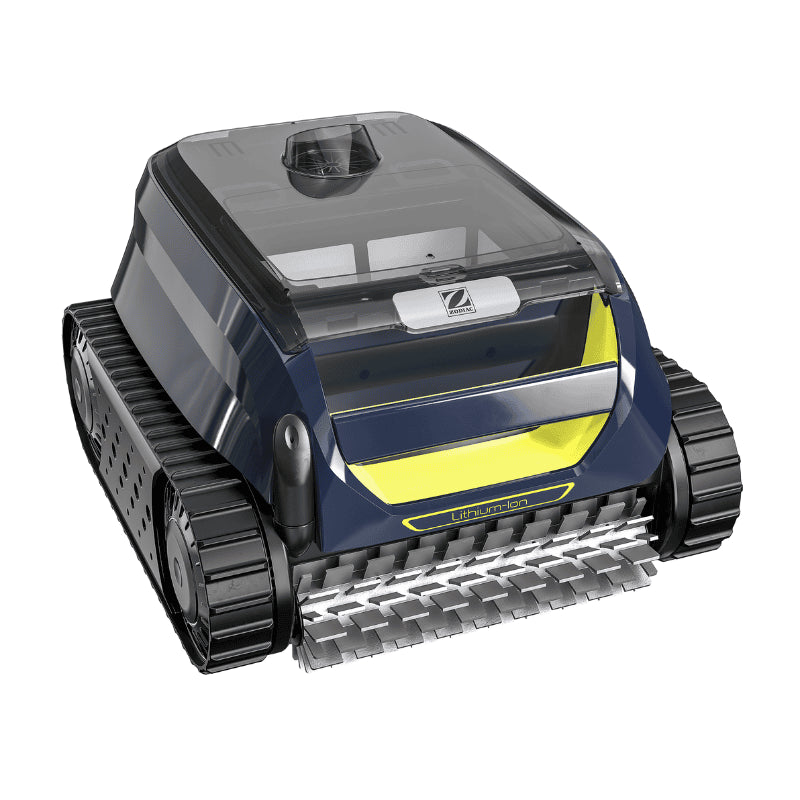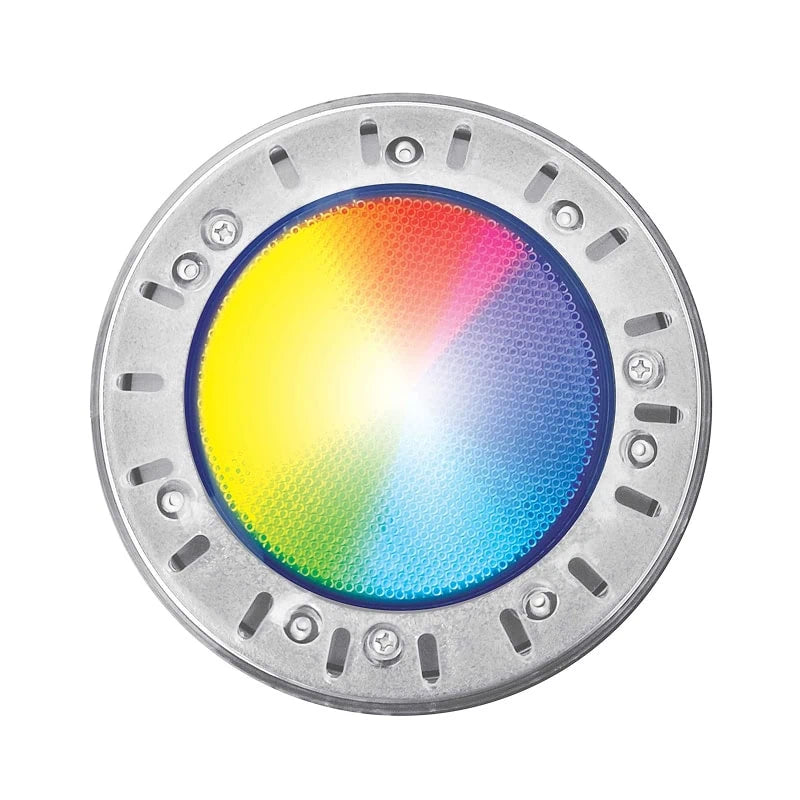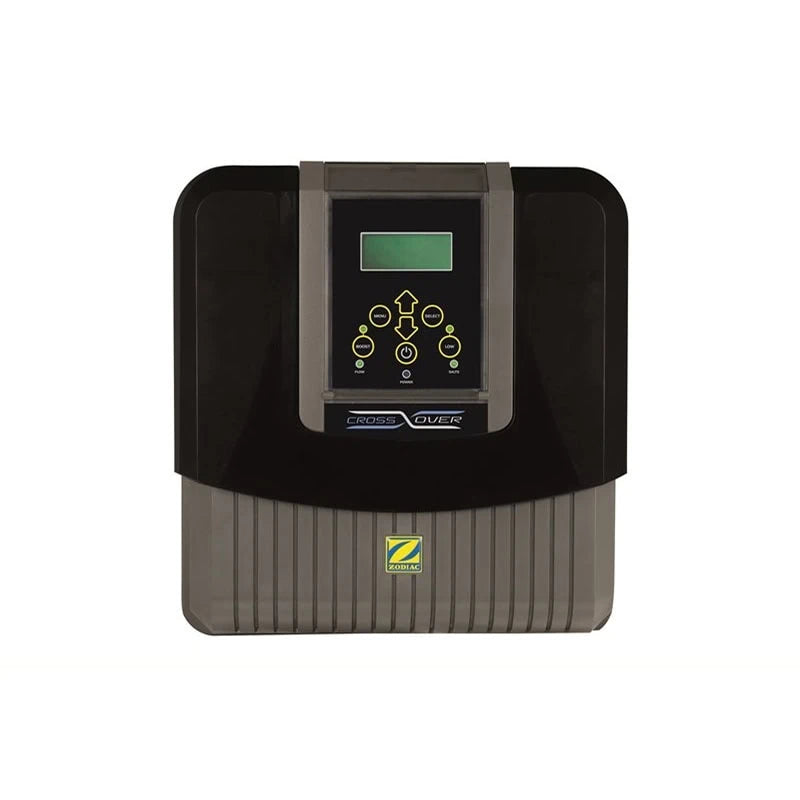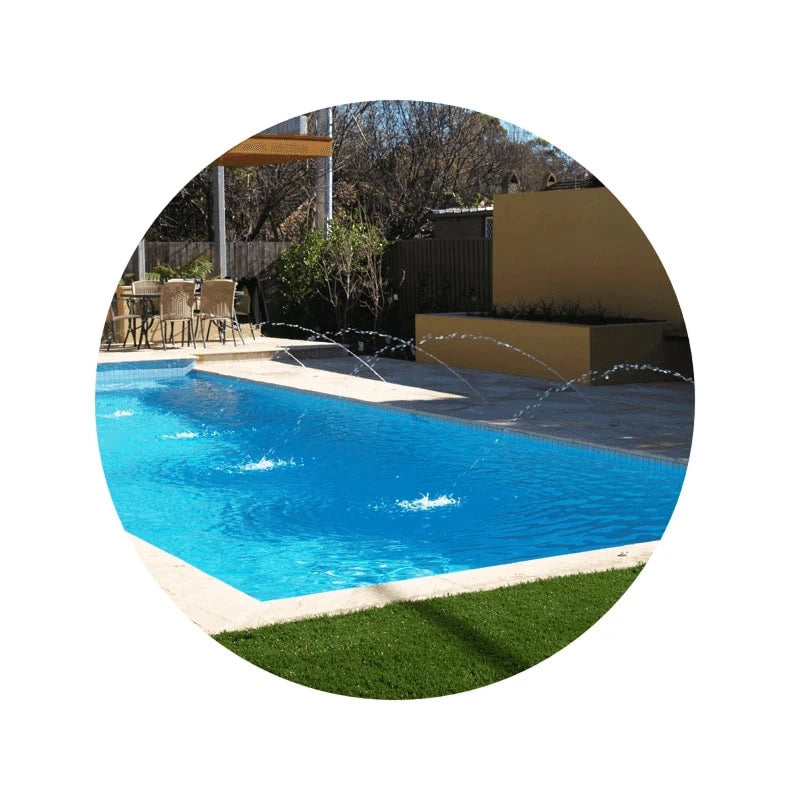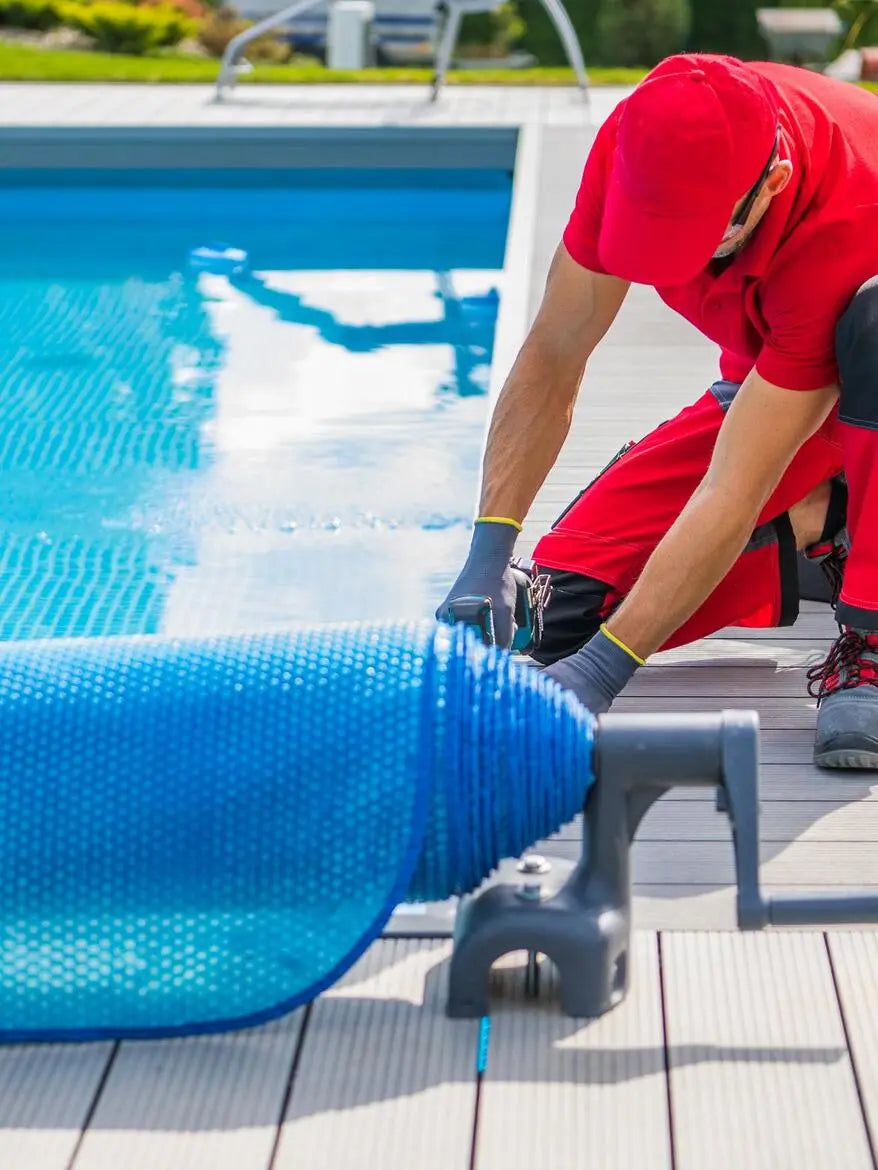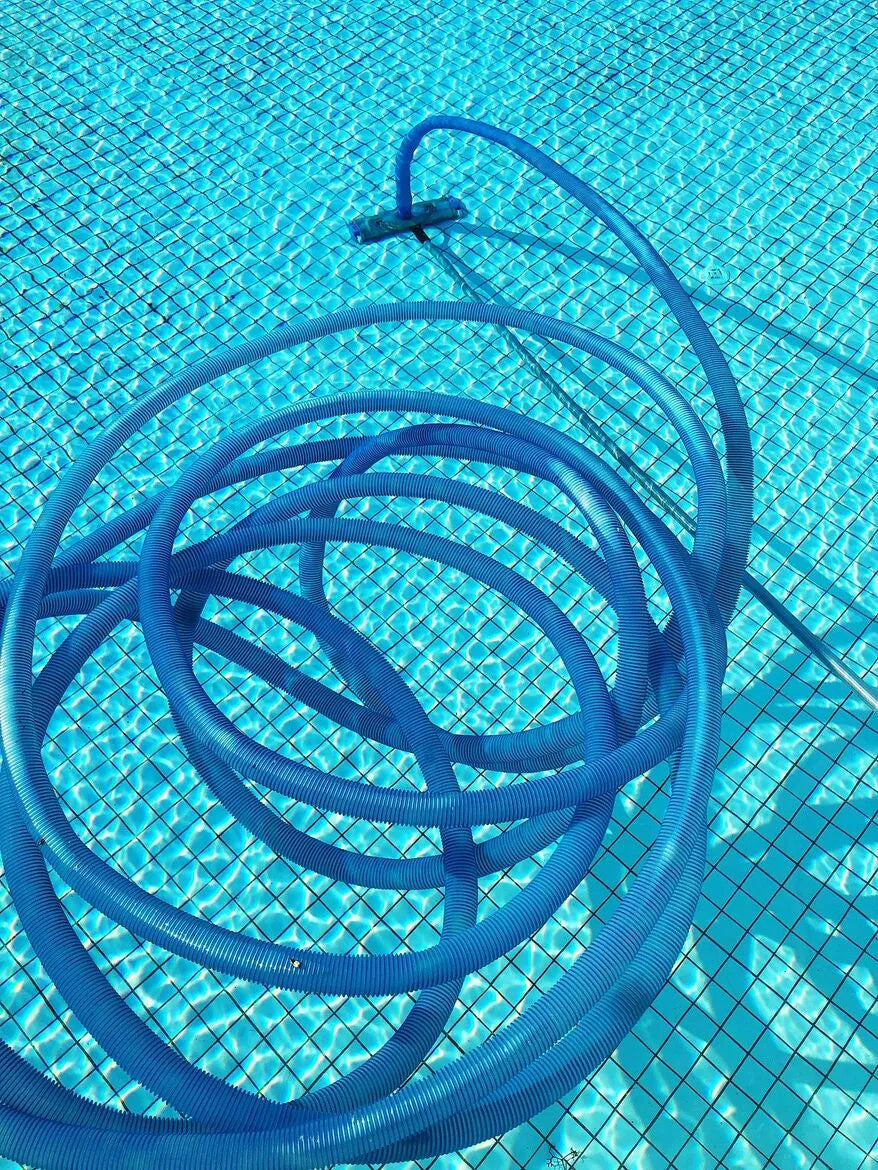How to Drain a Pool?

Having a pool is a luxury, but it requires maintenance. Sometimes, you need to drain it completely. This guide will take you through the process of how to drain a pool easily.
Why Would You Need to Drain Your Pool?
👉 Pool Repairs
Regular pool maintenance can often be performed without draining the water. However, sometimes, significant repairs are necessary that require an empty pool. For example, fixing deep cracks or replacing large sections of the pool liner can't be done underwater.
👉 Deep Cleaning
A thorough cleaning is impossible with a full pool. Draining allows you to scrub the surfaces, remove stubborn stains, and tackle algae and mould growth effectively. This ensures your pool remains not just clean but also safe for use.
👉 Correcting Water Chemistry Imbalances
Over time, the chemistry of your pool water can become unmanageable. If the balance of chemicals like chlorine and pH levels goes awry, sometimes the best solution is to start fresh with a new batch of water.
👉 Replacing or Upgrading Pool Equipment
From time to time, your pool equipment, such as filters or pumps, may need replacement or upgrades. Doing this often requires an empty pool to ensure the new equipment is installed correctly and functions optimally.
👉 Seasonal Maintenance
Depending on your climate, draining your pool might be a seasonal necessity. For example, if you live in an area with harsh winters, you might need to empty your pool to prevent freeze damage.
The Risks and Considerations of Draining a Pool
Risks for Different Pool Types
Aboveground Pools
Draining an above ground pool can cause the liner to shrink or wrinkle. In some cases, the pool structure can collapse if not properly supported.
Fiberglass Pools
Fiberglass pools are sensitive to pressure changes. Draining them can lead to significant structural damage, such as cracking or warping, if not done correctly.
In-ground Concrete Pools
Concrete pools are the most stable when it comes to draining, but they are not immune to risks. Without proper measures, draining can still lead to cracking or surface damage.
Structural Risks (Cracking, Floating)
One of the most common risks when draining a pool is the structural damage it can incur. An empty pool is more vulnerable to cracking due to temperature changes. In areas with high groundwater levels, an empty pool can even "float" or pop out of its foundation due to the pressure from the water table.
Environmental Impact
Draining a pool involves discharging a large volume of water, which can have environmental consequences. The chemicals in the pool water can harm local ecosystems if not disposed of properly.
Legal and Local Regulations to Consider
Before you start draining, it's crucial to check local regulations. Some areas have strict rules regarding where and how to discharge pool water, requiring permits or specific disposal methods.

When Should You Drain Your Pool?
✅ Optimal Weather Conditions
Warm but Not Hot Weather
The best time to drain your pool is during warm weather, but avoid periods of extreme heat. Excessive heat can cause rapid evaporation and make the pool more susceptible to structural damage.
During Dry Periods
Draining your pool during dry periods minimises the risk of groundwater pressure affecting the pool structure. Wet seasons increase the likelihood of your pool floating due to high groundwater levels.
✅ Seasonal Considerations
If you live in an area with distinct seasons, plan to drain your pool during a stable, mild season. Avoid winter due to the risk of freeze damage and summer due to the rapid evaporation and high temperatures.
✅ Signs That It's Time to Drain
Several signs may indicate it's time to drain your pool. Persistent water chemistry issues, visible algae blooms that won't go away, and noticeable damage that needs repair are strong indicators that draining is necessary.
Where Can You Drain the Pool Water?
Local Regulations and Permits
Always start by checking your local regulations. Some regions require permits for draining large volumes of water, and there may be designated areas where you're allowed to discharge pool water.
Suitable Drainage Locations
The ideal drainage location can handle the volume of water without causing damage. Many homeowners opt for their sanitary sewer system, but this requires permission from local authorities.
Avoiding Environmental Contamination
It's important to ensure your pool water doesn't contaminate local water sources. Avoid draining near storm drains, rivers, or lakes. Use dechlorination tablets if required to neutralise chlorine levels before draining.
Using the Pool Drain System vs. External Sump Pump
You can either use your pool's built-in drain system or an external sump pump. The built-in system is often slower but simpler, while an external sump pump can speed up the process significantly.
Step-by-Step Guide to Draining Your Pool
🌊 Step 1: Preparing for the Drain
Check for Hydrostatic Relief Valves
Hydrostatic relief valves help manage groundwater pressure. Make sure these are operational to prevent the pool from floating or popping out of the ground.
Gather Necessary Equipment
Ensure you have all the tools you need before you start. This includes a sump pump, hoses, and any necessary chemical treatments.
🌊 Step 2: Setting Up the Sump Pump
Choosing the Right Pump
Select a sump pump that can handle the volume of water in your pool efficiently. Check the pump's flow rate and ensure it's suitable for your pool size.
Positioning and Setting Up the Pump
Place the pump at the deepest part of the pool for optimal drainage. Ensure it's securely positioned to avoid tipping over during operation.
🌊 Step 3: Beginning the Drainage Process
Monitoring Water Levels
Keep a close eye on the water levels as the pool drains. This helps you manage the process and react to any unexpected issues promptly.
Managing Water Discharge
Direct the discharge hose to your chosen drainage location. Ensure the area can handle the flow without flooding or causing damage.
🌊 Step 4: Handling Groundwater During Drainage
Groundwater Removal Techniques
Use a secondary pump if necessary to manage groundwater. This prevents the pool from floating due to the pressure imbalance.
Preventing Pool Pop-Up
Monitor the groundwater pressure throughout the drainage process. Use hydrostatic relief valves to relieve pressure and prevent the pool from popping out of the ground.
🌊 Step 5: Cleaning and Maintenance as You Drain
Removing Debris
As the water level drops, take the opportunity to remove debris that has settled at the bottom of the pool.
Scrubbing Pool Surfaces
Use appropriate cleaning tools to scrub the pool surfaces, removing algae, dirt, and stains.
🌊 Step 6: Final Water Removal
Once the water level is too low for the sump pump to be effective, use smaller pumps or manual methods to remove the remaining water.
🌊 Step 7: Post-Drain Pool Cleaning
Deep Clean of Pool Surfaces
With the pool completely drained, perform a deep clean of the surfaces. Use specialised cleaning agents for a thorough job.
Inspecting Pool Equipment
Check all pool equipment, including filters and pumps, for any signs of wear or damage. Replace or repair as necessary.
🌊 Step 8: Refill the Pool
Refill with Fresh Water
Start refilling the pool with fresh water once all cleaning and maintenance are complete. Use a hose and monitor the fill-up process to avoid overflows.
Balancing Pool Chemistry
After refilling, test the water chemistry and adjust the levels of chlorine, pH, and other necessary chemicals to ensure the water is safe for swimming.

How to Drain a Pool with Different Filtration Systems
Draining a Pool with a Cartridge Filter
For pools with cartridge filters, remove the filter cartridges before starting the drainage process. This prevents damage to the filters and ensures they don't get clogged.
Draining a Pool with a Sand Filter
Switch the sand filter to the "waste" setting before starting the drainage. This allows water to bypass the filter media, preventing it from getting damaged.
Draining a Pool with a DE Filter
DE filters require the same approach as sand filters. Set the filter to "waste" to bypass the DE media during drainage.
Post-Drain Pool Maintenance Tips
⭐️ Inspecting for Damage or Wear
Thoroughly inspect the pool surfaces, equipment, and plumbing for any signs of damage or wear. Address any issues promptly to avoid future problems.
⭐️ Testing and Balancing Water Chemistry
Once the pool is refilled, test the water chemistry and balance the necessary chemicals. Proper chemical balance ensures the water remains safe and clean.
⭐️ Replacing Pool Equipment if Necessary
If any equipment is damaged beyond repair, replace it promptly. This includes pool pumps, filters, and heaters.
⭐️ Preparing Your Pool for Reuse
Ensure all maintenance tasks are complete before allowing swimmers back into the pool. This includes balancing the water chemistry and ensuring all equipment is functioning correctly.
Our Case Study
At Pool Tools, we've dealt with all sorts of pool drainage issues. One success story was about a family who hadn't maintained their pool for years. When they decided to drain and clean it, they used our guide but were worried about groundwater. We suggested setting up a secondary sump pump to handle the pressure. This prevented the pool from floating, and they finished the job easily.
We've also had learning experiences. A new customer once drained their pool without checking the hydrostatic relief valves, despite our advice. The pool popped out due to pressure issues, teaching us the importance of preparation. Now, we include a checklist in our consultations to help clients avoid such problems and ensure their pools are a success.
-------------------------------------------------------------------------------------------------
Draining your pool is a big job that needs careful planning. Follow this guide to do it safely and easily. Regular maintenance, timely repairs, and the right chemical balance are essential for keeping your pool in great shape.
If you need further assistance, consider consulting with a Pool Tools maintenance professional. We can provide expert advice tailored to your specific needs.
🌊 Ready to dive in? Get a free consultation today!
How to Drain a Pool FAQ
How do I drain water from my pool?
To drain water from your pool, you can use your pool's built-in drainage system or an external sump pump. Monitor the process closely, and make sure to direct the water discharge to a safe location to prevent flooding.
How to drain a pool in Australia?
Draining a pool in Australia follows steps similar to those in other regions. However, be aware of local regulations regarding pool drainage, especially concerning environmental impacts. Always check with local authorities before starting.
How to drain a swimming pool without a pump?
If you don't have a pump, you can drain your pool by creating a syphon using a garden hose. Fill the hose with water, then plug one end and place it in the pool, submerging it. Lower the other end outside the pool and remove the plug to start the syphoning process.
Can I drain my own pool?
Yes, you can drain your pool, but ensure you follow safety guidelines and local regulations. It's crucial to monitor groundwater pressure to prevent the pool from popping out of the ground during the process.
How can I empty my pool water fast?
The fastest way to empty your pool water is by using a high-capacity sump pump or a similar drainage system. Ensure that you have a proper discharge plan in place to handle the water being drained efficiently.
How to drain a pool with a garden hose?
To drain a pool with a garden hose, utilise the syphoning method as described earlier. Alternatively, you can connect the hose to the pool's drainage outlet if available, allowing gravity to assist in the water removal process.

Pool Tools Team
We’re here to share expert advice, practical tips, and clear guides to help you choose, build, and maintain your pool with confidence. From fibreglass shells to everyday equipment, we make pool care simple.

